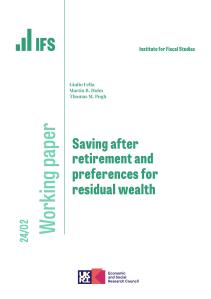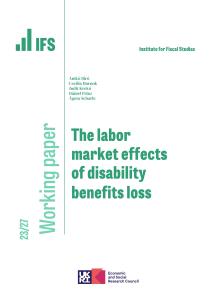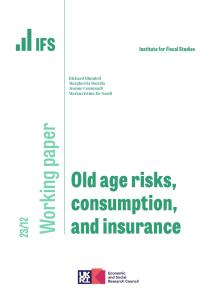ELSA is growing up. The third wave of the English Longitudinal Study of Ageing (ELSA) means that we now have a four-year follow-up period on a sample of the English population aged 50 and over at the first wave. In addition, there are earlier data coming from the original Health Survey for England (HSE) from which the ELSA sample of participants was drawn. The report from the first wave of ELSA showed how marked is the variability in older people's social and economic circumstances, physical and mental functioning, and health (Marmot et al., 2003). The myth of older age as uniformly characterised by decline and dependency is contradicted by the evidence of vigorous and active nonagenarians.
The report after the second wave of ELSA showed, in considerable detail, how most of the salient domains of people's lives varied according to their wealth (Banks et al., 2006). We used wealth as a socio-economic measure. The analyses in that report made use of a key feature of ELSA - its accurate assessment of wealth including pension wealth. Mortality, ill health, social isolation and loneliness all differed, in a graded way, with people's wealth: less wealth was associated with being sicker, less functional and more isolated.
This third wave now allows two interrelated activities making use of ELSA's special strengths - exploring how the various areas of people's lives interact and using longitudinal data to sort out the order in which things happen.









